How To Remove Oxidation From Stamps
By Bill Weiss
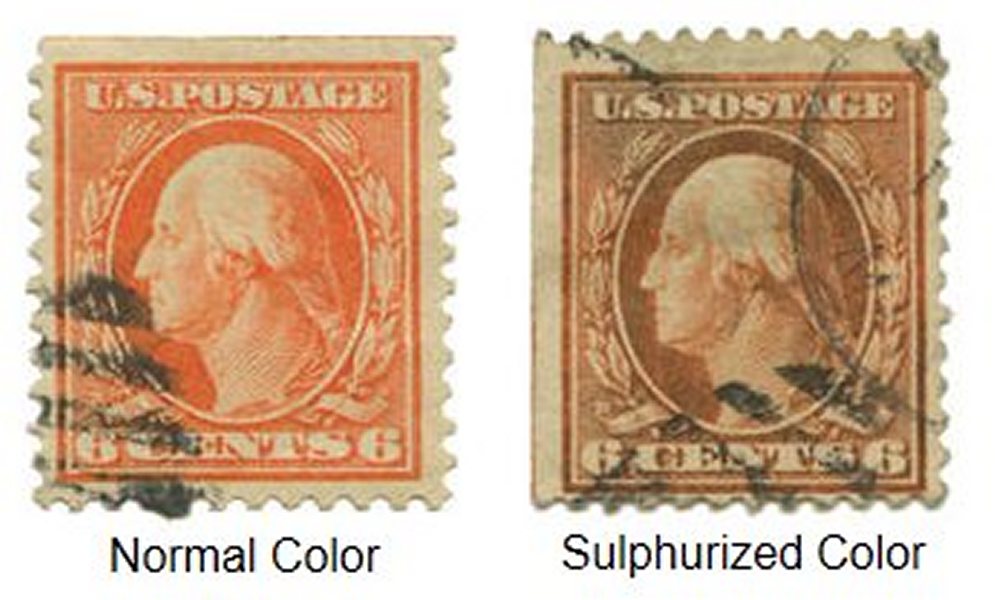
This article will explain how to remove
oxidation/sulphurization from stamps. Who among us have not seen many stamps
that have turned virtually into a different color as a result of this common
problem as shown at left.
This unsightly and value-reducing problem can occur when a stamp is exposed to sulphur, a common chemical element present in many substances. When exposed to it, the color of the stamp can be dramatically altered into a much different and/or darker color. Most often seen is an orange or yellow stamp that has turned brown-color. But any color can be darkened by exposure to sulphur. The description of this condition as “oxidation” is incorrect, but because it is so commonly-used, we are using it here too! Oxidation is generally defined as removing something so, in essence, the process of removing the sulphurization can be considered oxidation.
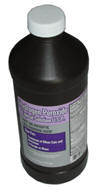
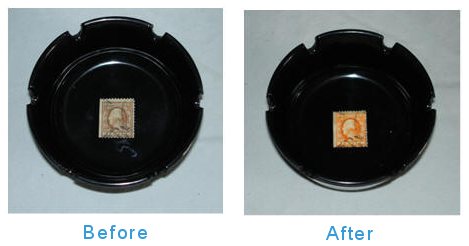
Tip: ALWAYS use a new bottle of hydrogen peroxide. Hydrogen peroxide begins to degrade the moment you open the bottle. Using an old bottle that has been sitting around while is likely to result in poor results.
The product used to remove it from stamps is common 3% solution of hydrogen peroxide (or simply “Peroxide”) which is usually used as an antiseptic to avoid infection in minor cuts and bruises. Simply place your affected stamp in a glass tray or dish then cover it with peroxide. Allow the stamp to soak in the peroxide for approximately 60 seconds, but while it is immersed in the peroxide, swish the stamp around gently to aid exposing all of it to the fluid. While in the peroxide observe the stamp often to see if the brown color is being removed and as soon as it is, or after about 60 seconds, remove it and rinse it under lukewarm gently-running water from a sink tap. The goal is to remove any trace of the peroxide from the stamp.
After this step, press out any excess water using a blotter or absorbent cardboard, and then press the stamp until dry. I place it in a commercially available White Ace small stamp press, removing it after a day or two. If the peroxide treatment worked, your stamp should now be restored to its original color. Note that the peroxide treatment does not always work, but it is usually successful and definitely worth trying.
Of course this can only be used for USED stamps, as the peroxide will remove gum. Unused/original gum stamps that are oxidized can also be treated, but the process is not as simple as immersing it in the peroxide. To remove it from a stamp with gum, you must carefully brush the surface of the stamp with a nearly-dry brush dipped in peroxide, stroking the stamp lightly with brushstrokes. If too much peroxide is on the brush, it can easily soak through the paper and disturb or remove the gum. This process requires much patience and care, and few professionals can successfully remove oxidation from original gum stamps (I can’t!).
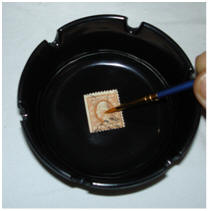
One last tip which I’ve never seen published elsewhere is that sometimes simply by using a soft erasure you can erase away some light oxidation from a stamp! I have successfully removed it on countless stamps over the last 40 years and not had to resort to using the peroxide. It is surely worth trying before using the peroxide process. Care must be used when erasing anything from a stamp as if the stamp slips, it can easily tear, so anchoring it firmly with one finger while erasing with your opposite hand is critical.
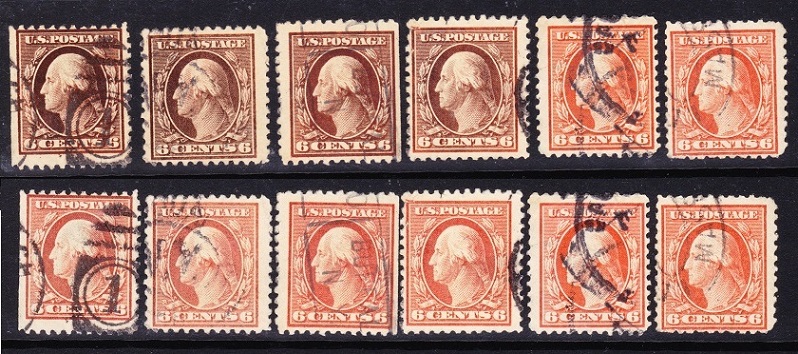
"The stamps above stayed in the bath for varying lengths of time from about 1/2 hour for the least oxidized, to over night for the most oxidized.The bottom of the scan shows the same stamps post treatment and water rinse."
From Contributor David Norris
Publisher's Note:
Many of us have used it for years without any obvious negative impact but the truth is that we really do not know how many times a stamp can be exposed to hydrogen peroxide before negative impact is introduced. In my tests, leaving a stamp for a long period of time in hydrogen peroxide can cause color loss. This is consistent with my experience in using hydrogen peroxide in a textile mill as a bleaching agent. (You can do an online search for “hydrogen peroxide bleaching agent”.)
We all want to be good stewards of the philatelic material we own. Towards this end, it may be that a bath in fresh, clean, cool water is the best approach for the majority of collectors. Lastly, maintaining a stamp’s patina should not be considered a bad thing (and in many other hobbies this is now becoming predominate). We all show our age as time goes by! - Don





